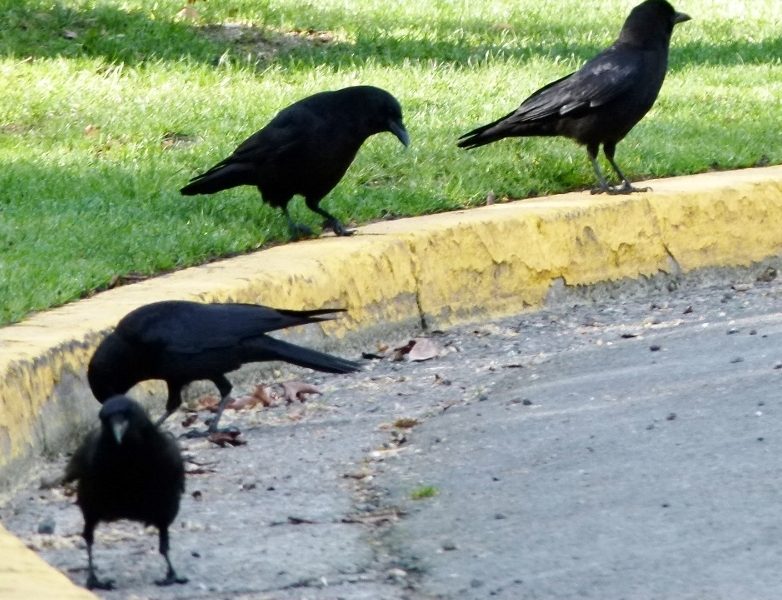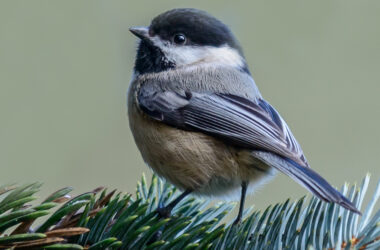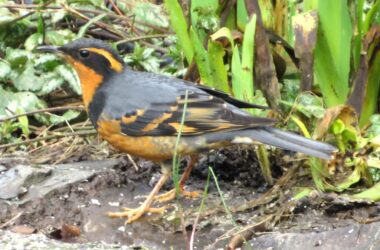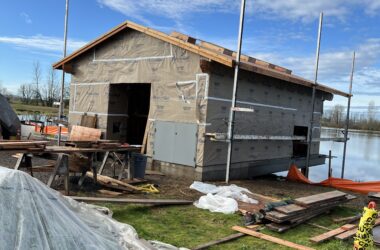Your nosey, noisy neighbors are more important than most people realize. Which neighbors? The American crows.
Crows and related species are social, smart, clever and successful in many places. While the endangered Hawaiian crow – the alala – is no longer wild in Hawaii, the American crow population is probably over 30 million.
Like our species, most crows prefer to live in town – more convenient, easier shopping, better services. One public service the crow really relishes is human-strewn garbage. A crow spends more time in parking lots or public parks than most people.
Four hundred years ago the American crow population was smaller, more restricted. Their relatives dominated wild habitats.
Eastern blue jays liked forest edges. Fish crows and northwestern crows owned seashores. The bold and brilliant raven thrived in desert, arctic, mountainous, and windy terrains.
Magpies liked prairies and sagebrush steppe. Nutcrackers were in western pine forests. Pinyon jays – see the name?
American crows lived in a mix of open and brushy habitat, with lots of fruit, insects, small mammals, access to water. Likely they frequented the edge of Native American villages in many areas of the eastern U.S.
Omnivorous, crows will eat anything from dried venison to thimbleberries.They love fast food and bags of chips.
Our ancestors saw crows, ravens, and their cousins as anything from deities to devils. Hunter-gatherers and nomads and eventually grain farmers would all have known, admired, hated and confronted these birds.
A crow never misses an easy meal, from earthworm on the surface to ripe corn in the field. Many hunting societies enjoyed assistance from ravens overhead. The raven would find the caribou herd far off. Hunters followed and then would leave behind bits of caribou.
So ravens became important among the totem figures along the Pacific Coast of North America.
Crows live in town for good food, and safety. In Oregon shooting crows is legal – any time, kill as many as you wish. This is true many places. Crows are dominant outdoors in cities from Portland to Tokyo to Singapore. Sometimes coddled, sometimes killed.
We now know some crows nest in suburban parks and woods but commute to the inner city for food and fun. Yes, they play.Just check Youtube for crow or raven videos.
We now admit crows and their cousins make tools, converse, learn, solve complex problems, count to six, and have evolving cultures. Fifty years ago, that was considered anthropomorphizing. Now sometimes you should ask, “Did crows or humans discover that first?”
The crow family is throughout our folklore, culture and language – crowbar, to crow about, scarecrow, ravenous, crow’s nest. Present across many nations and languages.
Next time a crow tells you something from a perch on the utility pole, pay attention.
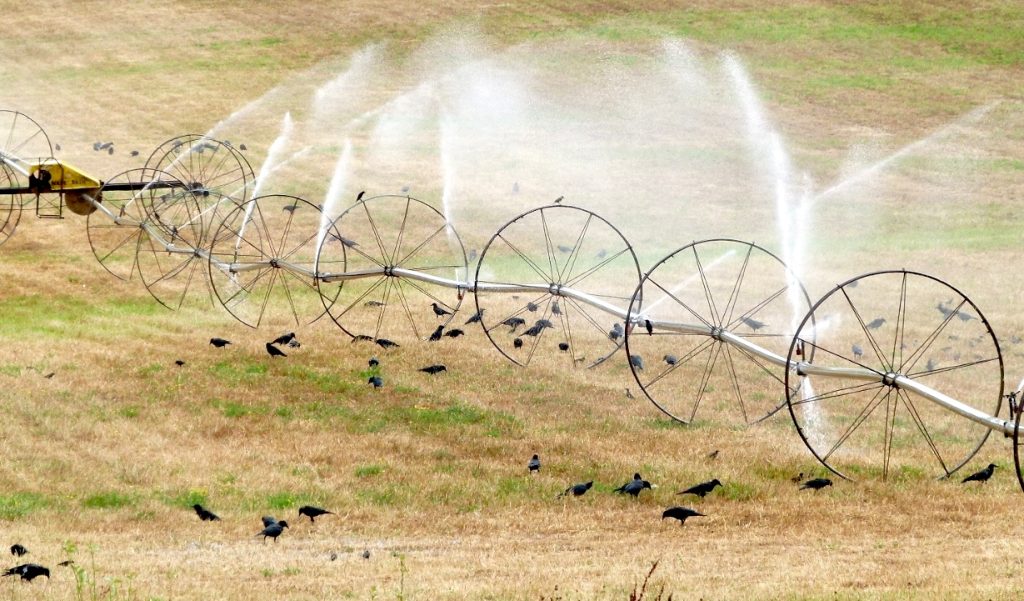
References:
In the Company of Crows and Ravens. By John Marzluff and Tony Angell. Yale University Press. 2005.
Ravenmaster. My Life With the Ravens at the Tower of London. Christopher Skaife. Farrar, Strauss & Giroux. 2018.
The Raven Diaries: https://www.theravendiaries.com
For information about upcoming Salem Audubon programs and activities, see www.salemaudubon.org, or Salem Audubon’s Facebook page.Harry Fuller is an Oregon birder and natural history author of “Freeway Birding.” He is a member of the Salem Audubon Society. Contact him at [email protected] or atowhee.blog. His “Some Fascinating Things About Birds” column appears regularly in Salem Reporter.
GET SALEM NEWS – We report on your community with care and depth, fairness and accuracy. Get local news that matters to you. Subscribe today to get our daily newsletters and more. Click I want to subscribe!
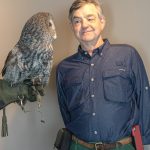
Harry Fuller is an Oregon birder and natural history author of three books: “Freeway Birding,” "Great Gray Owls of California, Oregon and Washington," and "San Francisco's Natural History--Sand Dunes to Streetcars." He leads birding trips for the Malheur Field Station. He is a member of the Salem Audubon Society, and leads bird trips locally. Harry has just published a new book, BIrding Harney County.

